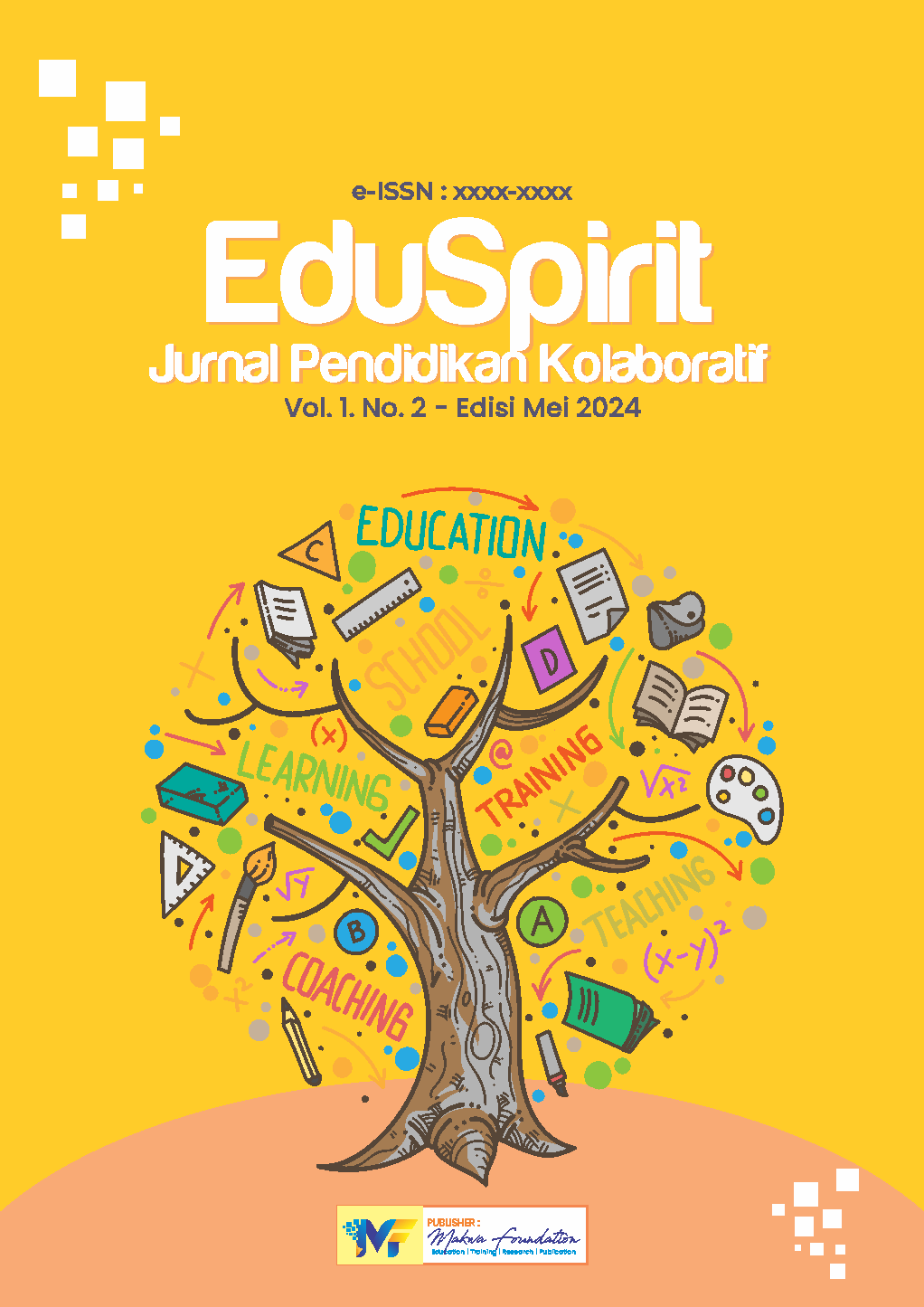Peningkatan Kemampuan Membaca Al-Qur'an dengan Metode Tilawati di MI Nurul Ulum Bodas
Keywords:
Metode Tilawati, Membaca Al-Qur'an, Pembelajaran InteraktifAbstract
The ability to read the Qur'an properly and correctly is a fundamental skill for every Muslim. However, in various Islamic educational institutions, including MI Nurul Ulum Bodas, there are still obstacles in learning to read the Qur'an, such as lack of student motivation, monotonous teaching methods, and limited learning time. This study aims to analyse the effectiveness of the Tilawati method in improving students' ability to read the Qur'an and identify the supporting and inhibiting factors in its application. This research uses the Classroom Action Research (PTK) method carried out in two cycles with the stages of planning, action implementation, observation, and reflection. Data were collected through observation, interviews with teachers, and reading tests before and after the application of the Tilawati method. The results showed that the Tilawati method is effective in improving students' reading skills, especially in the aspects of pronunciation of hijaiyah letters and the application of tajweed. In addition, this method also increases student motivation through a more interactive talaqqi and musyafahah approach. Although proven effective, challenges such as limited learning time and variations in students' ability levels remain an obstacle. Therefore, support from teachers and the school environment is needed so that this method can be applied optimally.
References
Arikunto, S. (2010). Prosedur Penelitian: Suatu Pendekatan Praktik (9th ed.). Rineka Cipta.
Bloom, B. S. (1956). Taxonomy of Educational Objectives: The Classification of Educational Goals. Longmans, Green.
Gagne, R. M. (1985). The Conditions of Learning and Theory of Instruction (4th ed.). Holt, Rinehart and Winston.
Lewin, K. (1946). Action research and minority problems. Journal of Social Issues, 2(4), 34–46.
Mayer, R. E. (2009). Multimedia learning (2nd ed.). Cambridge University Press.
Piaget, J. (1973). To Understand is to Invent: The Future of Education. Viking Press.
Slavin, R. E. (1994). Educational Psychology: Theory and Practice (6th ed.). Allyn & Bacon.
Sudjana, N. (2005). Metode Statistika (6th ed.). Tarsito.
Sugiyono. (2013). Metode Penelitian Pendidikan Pendekatan Kuantitatif, Kualitatif, dan R&D (Edisi Ke-18). Alfabeta.
Vygotsky, L. S. (1978). Mind in Society: The Development of Higher Psychological Processes. Harvard University Press.



